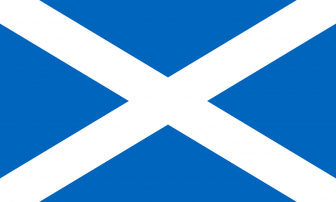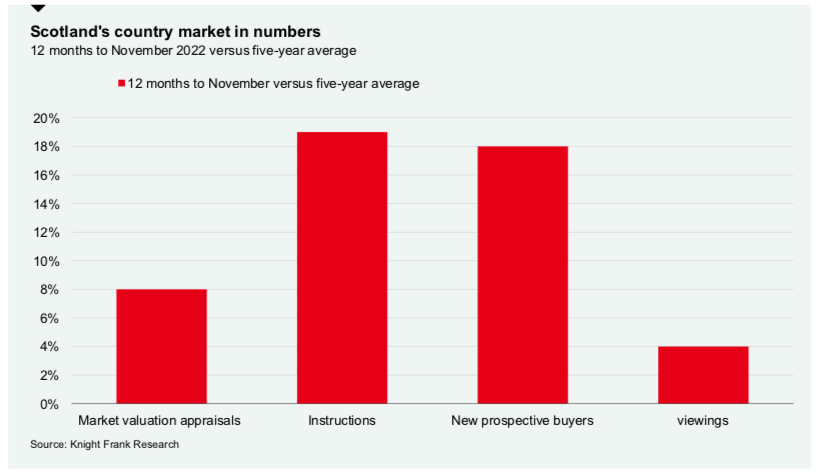 Scotland’s country market bucked seasonal trends and saw out 2022 with a flurry of activity, according to Knight Frank.
Scotland’s country market bucked seasonal trends and saw out 2022 with a flurry of activity, according to Knight Frank.
The agency’s figures show sales instructions in rural areas north of the border were up 50% in November versus the five-year average.
While the Scottish country market is traditionally highly seasonal, with limited activity during the winter, some sellers have decided not to wait for spring in the face of increasing interest rates and a tougher economic outlook, Knight Frank said.
“We did have a few deals fall out of bed as a result of the mini-budget,” said Tom Stewart-Moore, head of Knight Frank’s rural business in Scotland. “However, these returned to the market and are now under offer.”
According to Knight Frank, demand has been underpinned by Scotland’s relative affordability compared with other parts of the UK, as well as the so-called ‘race for space’. New prospective buyers were up 18% in the 12 months to November versus the five year-average, and sales instructions by 19% in the same period, which the agency interprets as an indication of a relatively healthy pipeline of transactional activity.
“We’re not seeing the same sort of traffic that we did last year, and property is selling for closer to the Home Report value than we saw during the ‘escape to the country’ peak, but it’s a return to a healthy, normal market,” said Stewart-Moore.
The average price of a property in the Scottish country market has been unchanged since September 2021, although it stands 6.7% higher than before the start of the pandemic. Knight Frank expects prices to fall 5% in prime regional markets this year as economic uncertainty and the end of ultra-low borrowing rates feed through to the residential property market.
The agency also believes a further softening in demand will occur as a result of the Scottish government’s increase in the additional dwelling supplement element of the Land and Building Transitional Tax. This will mean that second home purchases now face a levy of 6% rather than 4%.



Comments are closed.